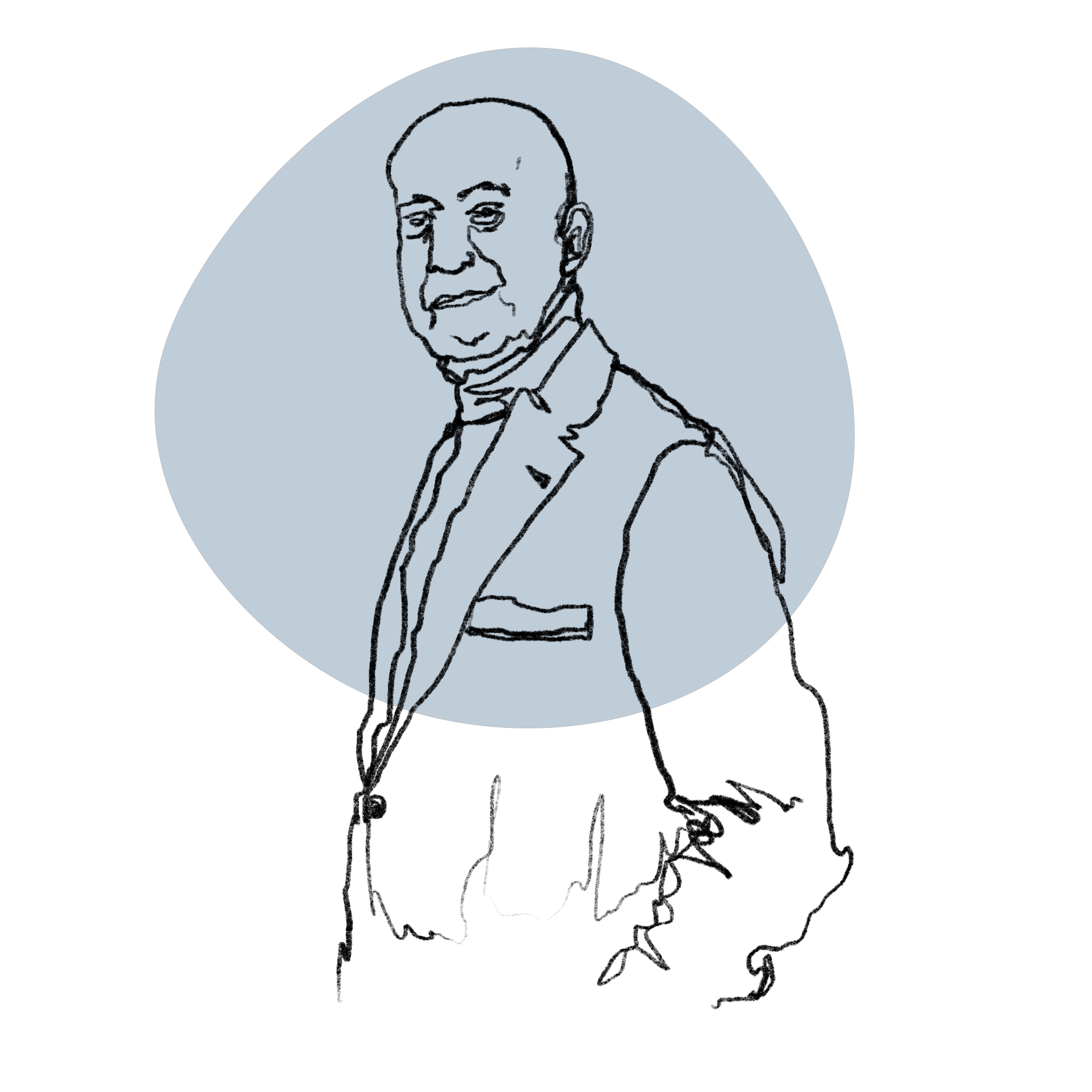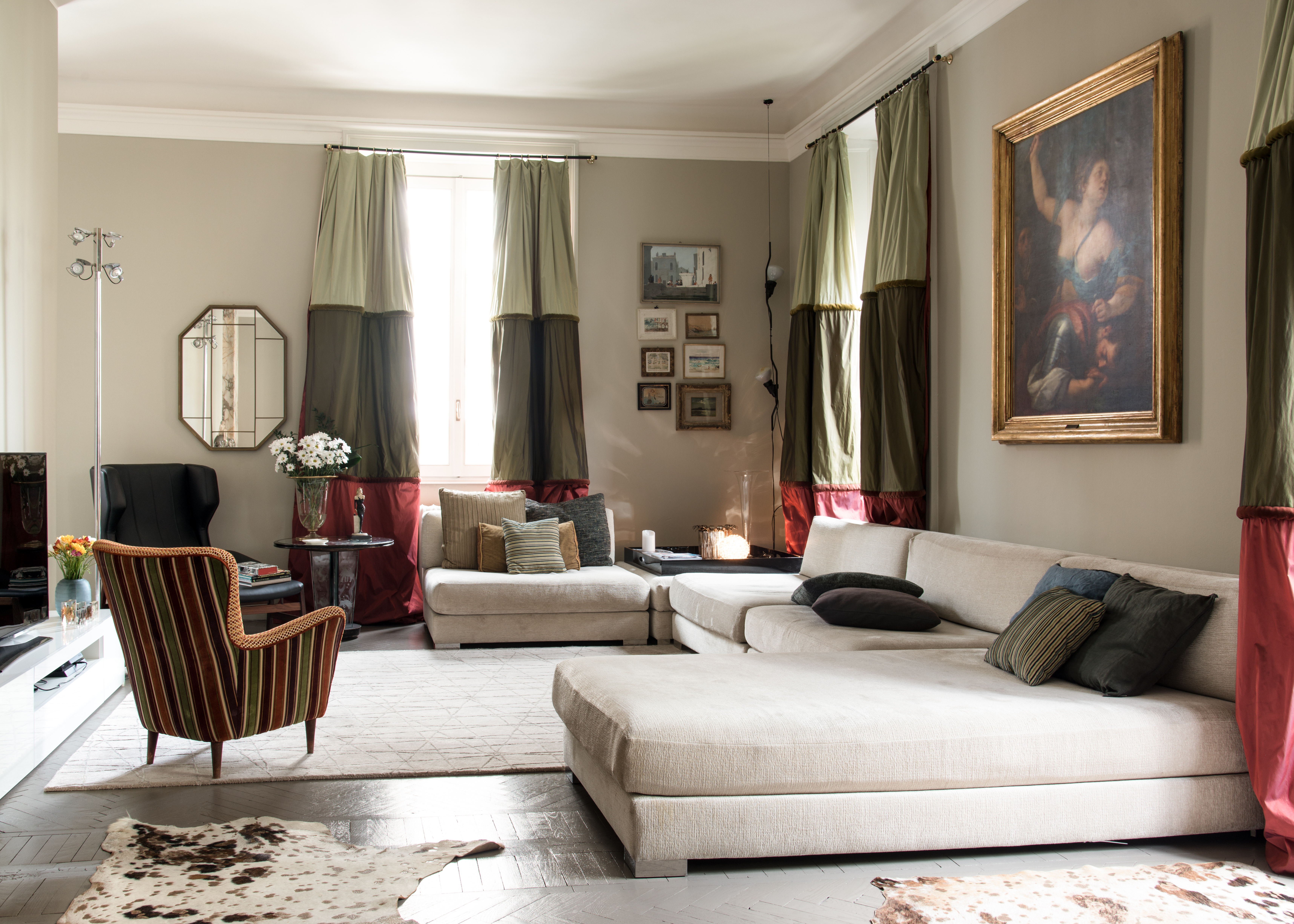In the wake of the successes that masters of the caliber of Gio Ponti enjoyed outside of Italy (remember his South America and Iran villas?), today we take into consideration the other side of the coin, non-Italian designers who, during the 20th century contributed to the development and affirmation of some of the greatest Italian brands, giving life to an exchange of ideas that has greatly contributed to making made in Italy vintage unique and highly sought after.
Today more than ever, international contemporary designers, from Patricia Urquiola to the London duo Barber and Osgerby (the list would be truly wide) choose Italy — Milan in the lead, the furniture capital par excellence — in order to undertake work experiences and projects at some of the best known Italian brands in the world. Whether it is a temporary interlude of study or work, or the choice to live and work in Italy for the long term, the 20th century, a historical moment particularly dear to us at intOndo, boasts emblematic examples of foreign designers who found their home in Italy. We have chosen four.
Nathalie Du Pasquier (Bordeaux, 1957) who, with her fabrics, carpets, furniture and plastic laminates was one of the non-Italian founding members of the Memphis group in 1981, is a French artist and designer who has chosen Milan as her permanent home since 1979; her particular choice of aesthetic, articulated on specific patterns and color combinations, always suspended between kitsch and elegance, was vital in establishing the unmistakable Memphis style, in Italy as well as on a global scale.
German designer Richard Sapper (Munich, 1932 - Milan, 2015) author of the iconic TS 502 radio designed for Brionvega, better known as the "Cube", or the K-1340 children's chair designed with Marco Zanuso for Kartell (both projects from 1963) passed away at 83 after a life lived in Milan since 1958. His relationship with Italy was such that, when he received the Compasso d'Oro award for his career, he was classified as a national candidate; Sapper's prolific path is also linked to the good fortune of having trained with the masters who spanned the entire 20th century, from his beginnings with Gio Ponti to his collaboration with Gae Aulenti in the 70s, studying new transport systems.
Scandinavian taste has also established really decisive relationships with Italy: let's take for example the case of Finnish designer and sculptor Tapio Wirkkala (Hanko, 1915 - Helsinki, 1985), here seen in the picture above, one of the stars of the Milan Triennale in 1954, who from 1966 to 1972 collaborated assiduously with Venini, establishing a deep synergy with the world of Murano glassmaking art: among the iconic pieces made by Wirkkala for the muranese glassware brand, the Bolle series of vases stands out with its chromatic variety and richness, a combination of functional simplicity (typical of Northern European design), which at the same time enhances the savoire faire of the “Incalmo” technique, which couples two forms of blown glass.
Advancing a few decades, how can we not focus on Philippe Stark (Paris, 1949), a design legend and trend setter of the late 20th century and much active nowadays, who designed among others La Marie, Ero | S |, Victoria Ghost, Louis Ghost chairs Dr. NO and Dr. NA for Kartell.? Milestones of the 90s vintage with his Juicy Salif citrus squeezer for Alessi evoking a spider (1990), these cult pieces are only part of a vast group of furniture and objects, capable of telling the lives and stories of those international designers whose destiny has inevitably come to intertwine with Italian excellence. Do not miss the next appointment dedicated to them!






.png)






